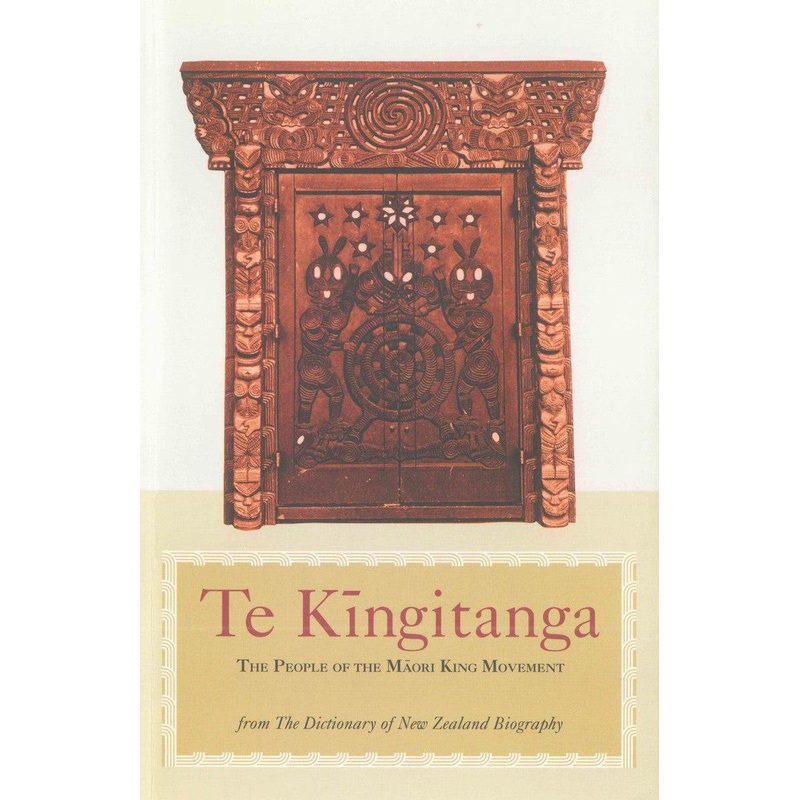
Te Kngitangamarks a milestone in the history of the King Movement the settlement of the Tainui Waikato Raupatu claim and the royal apology given by Queen Elizabeth II.
These biographies of fourteen Kngitanga leaders, from Ptatau to Te Rata, tell the story of the movement in its first century.Te Kngitangadocuments the struggle with colonial authority, the confiscation of over a million acres, the establishment of aukati (the Kings boundary), the period of self-imposed isolation in which the principles of the kingdom were developed, the refusal to compromise, and the efforts to regain what was lost. This history also records the resurgence of the movement in the twentieth century.
To Mori followers in the nineteenth century, the King movement represented a sacred pact between the king and subjects; it established territories over which the Kings writ would run; it was the guardian of its subjects lands and the repository of mana for the Mori people. It was the Mori kingdom of Aotearoa.
To Pkeh, it was a land league to shut out settlement, a treacherous rebellion against Queen Victoria, and a dissident attempt at self-government. Some observers wrote it off as a failure even when it had barely begun.
A hundred years later it was still a vigorous force in New Zealand society; more than 140 years later the King movement combines the non-negotiable principles of mana Mori with the leadership of its people. Its achievements are recorded and celebrated in this book.
These biographies from the first three volumes ofThe Dictionary of New Zealand Biographyare introduced by a brief history of the King movement by Angela Ballara. The first imprint ofTe Kngitangawas produced with the support of Te Arikinui Dame Te tairangikaahu, Sir Robert Te Kotahi Mahuta and the Tainui Mori Trust Board.
